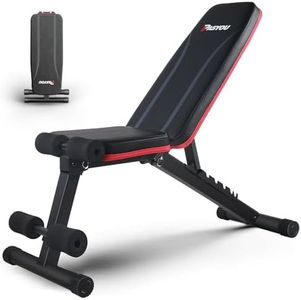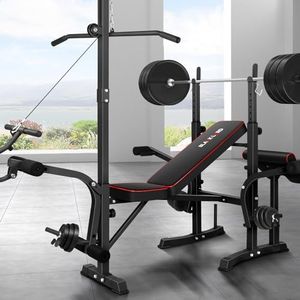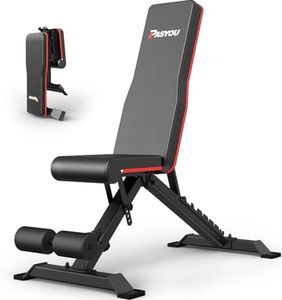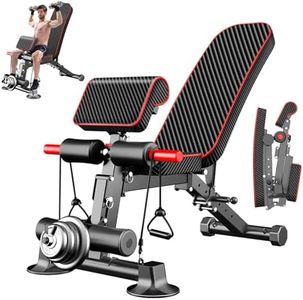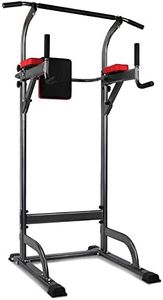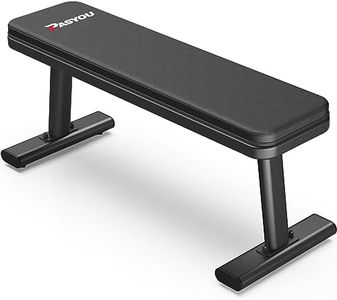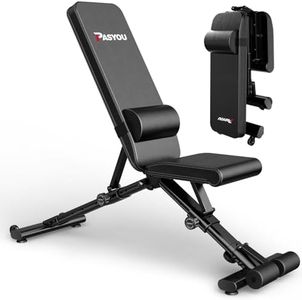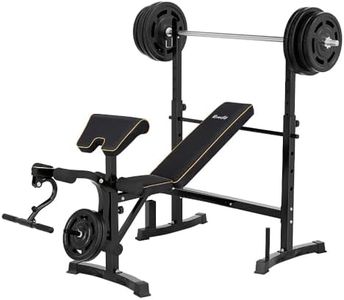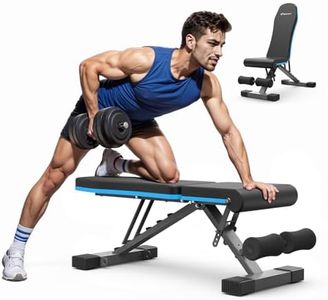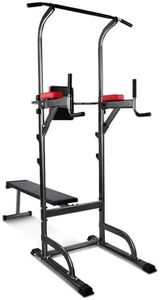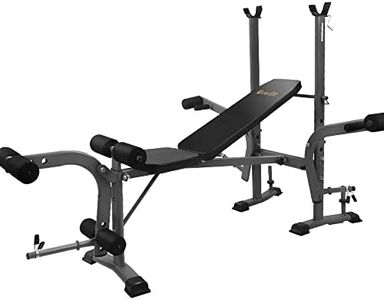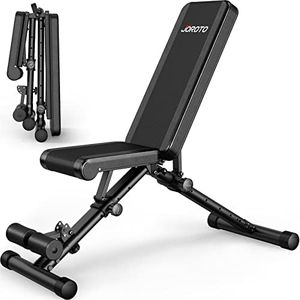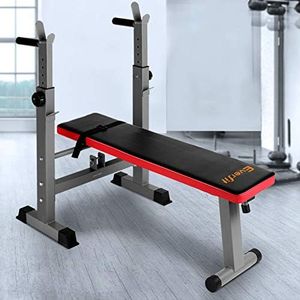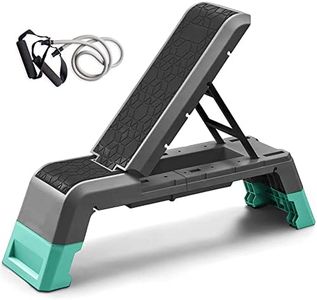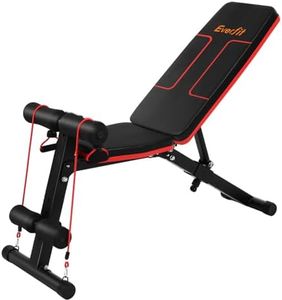We Use CookiesWe use cookies to enhance the security, performance,
functionality and for analytical and promotional activities. By continuing to browse this site you
are agreeing to our privacy policy
10 Best Workout Benches
From leading brands and best sellers available on the web.Buying Guide for the Best Workout Benches
Choosing the right workout bench can greatly improve your home fitness experience, making exercises safer, more comfortable, and versatile. Start by thinking about the types of exercises you want to perform and the space available in your home. Also consider stability, adjustability, and how easy it will be to move or store the bench. Picking the right bench means matching its features to your workout habits and fitness goals, ensuring you stay motivated and injury-free.Bench TypeThe main types of workout benches are flat, adjustable, and specialist (like Olympic or preacher curl benches). Flat benches are simple and great for basic presses or step-ups, but don’t offer much versatility. Adjustable benches allow you to change the angle of the seat or backrest, which lets you perform many more exercises like incline or decline presses. Specialist benches are designed for specific exercises or more advanced users. Your choice should depend on the variety of workouts you plan; beginners often do well with adjustable benches due to their flexibility.
Weight CapacityWeight capacity means how much total weight the bench can safely support, including both your body and any weights you lift. This is important for safety. If you plan to use heavy dumbbells or a barbell with lots of weight, you’ll want a bench with a higher capacity. Lighter users working with lighter weights can choose models with lower capacities, but always select a bench rated for more than you currently need to allow for progress and peace of mind.
AdjustabilityAdjustability refers to how many angle positions the bench can be set to, such as flat, incline, or decline. More adjustable benches offer a wider range of workouts, but can also be more complex. Some have basic options like flat and one incline, while others offer many different angles. If you enjoy varied routines and want to target different muscle groups, an adjustable bench is ideal. If you stick mostly to flat exercises, a basic bench is sufficient.
Build Quality and StabilityBuild quality means how well the bench is constructed and how stable it feels during exercises. This depends on the materials used (like steel thickness and padding) and overall design. A solid, well-built bench won’t wobble, keeping workouts safe and comfortable. If you are heavier or expecting to use heavy weights, look for benches that clearly emphasize stability and quality construction. Trying a bench in person, if possible, or reading reviews can help here.
Size and StorageThe size and storage features of a bench matter especially for smaller home gyms. Some benches fold up or have wheels for easy storage, while others are large and meant to stay in one place. Before buying, measure the space available in your home and consider how often you’ll want to move or store the bench. If space is limited, look for compact or foldable options; if you have a dedicated space, a larger bench may offer more comfort and better support.
Padding and ComfortPadding and comfort describe the type and thickness of the cushion on the bench. Thick, firm padding protects your back and joints during exercise, while thin or poor-quality padding can get uncomfortable and wear out quickly. If you do longer workouts or exercises that put pressure on your back or shoulders, look for a bench with supportive, high-quality padding. Comfort matters for motivation and injury prevention.
